ON the Beat | Savoring Traditional Opera and Non-Traditional Violinist Heroism
Opera Santa Barbara Did Right by Verdi’s ‘La Trovatore’, and Masterful, Modern-Minded Violinist Liela Josefowicz Heads to the Hahn
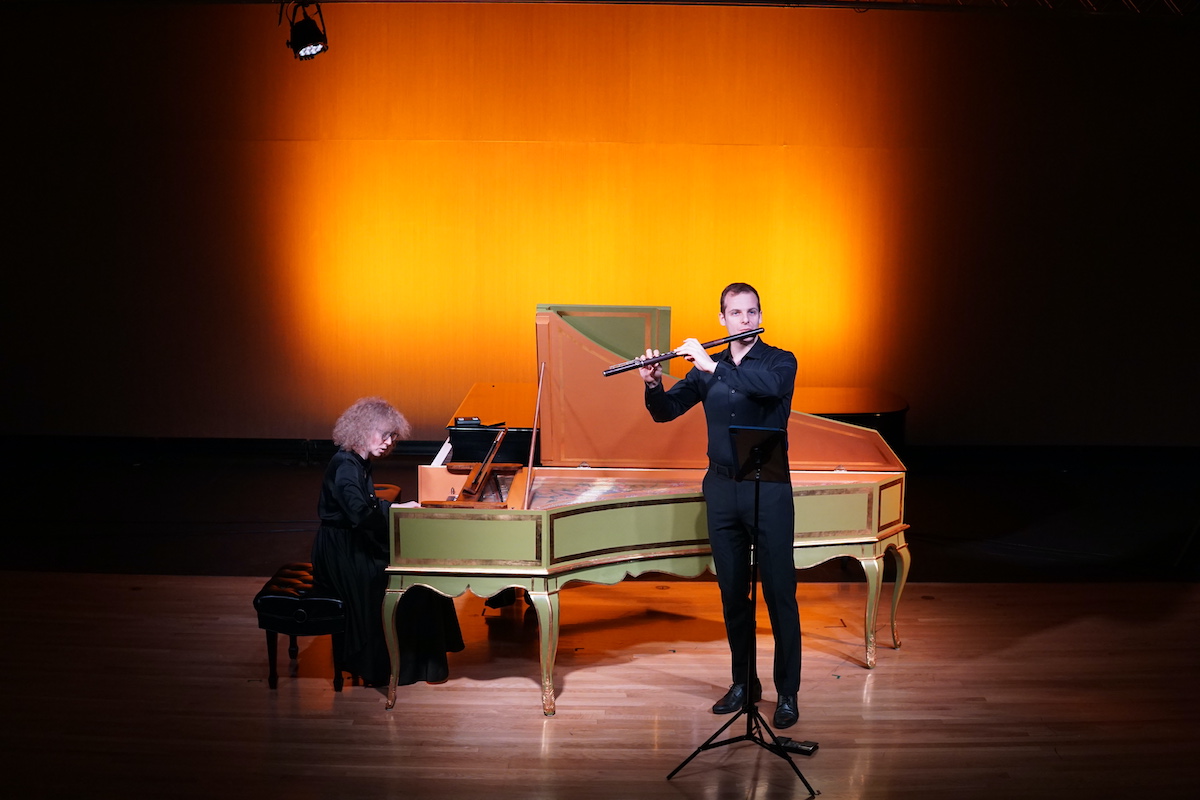
This edition of ON the Beat was originally emailed to subscribers on February 22, 2024. To receive Josef Woodard’s music newsletter in your inbox each Thursday, sign up at independent.com/newsletters.
Contemporary music aficionados can feel somewhat under-served in the average classical concert season in Santa Barbara. Too often, the local serious music concert scene, however formidable in many ways, dives deep into the river of standard fare by dead white guys, neglecting the all-important worlds of modernism and composers currently breathing and making art in response to the world we live in. There are exceptions, of course — most notably thanks to the legendary contemporary-minded Ojai Music Festival in early June. And suddenly we’re getting a bounty of them on the live music scene from other quarters.
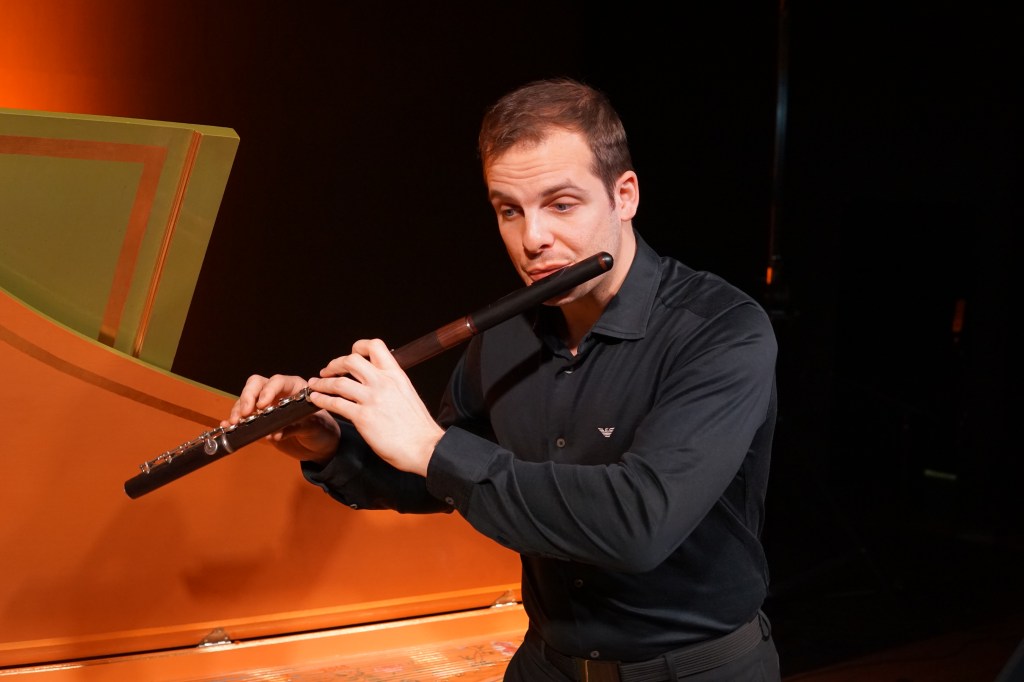
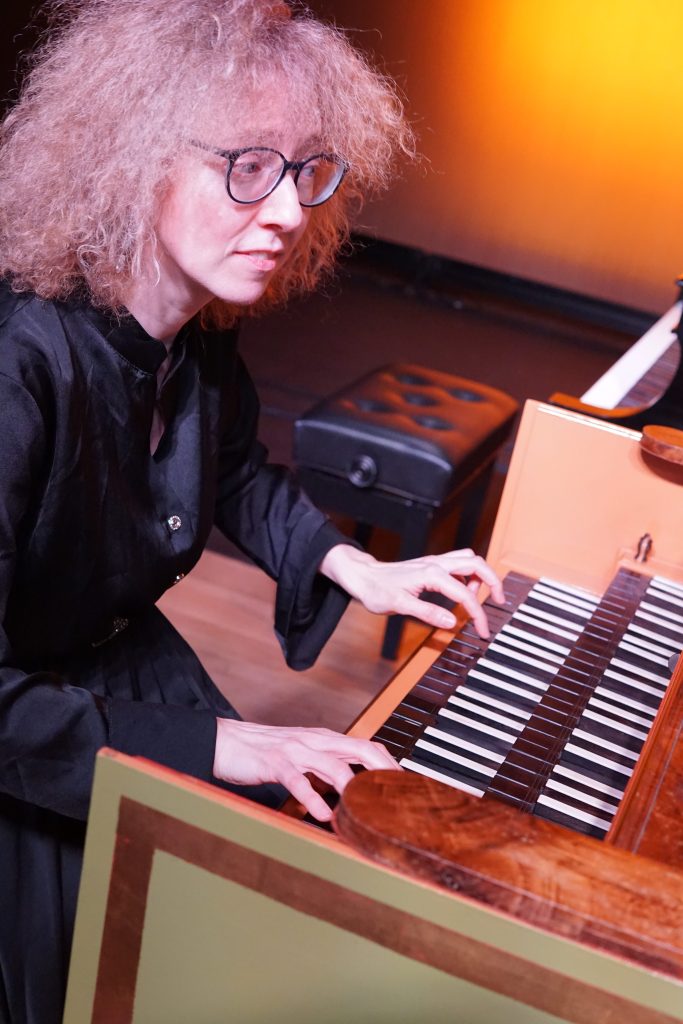
At last Friday’s Camerata Pacifica concert at Hahn Hall, the duet-meets-solo dynamism of renowned Swiss flutist and Berlin Philharmonic principal Sébastian Jacot — making his West Coast recital debut — and Estonian pianist/harpsichordist Irina Zahharenkova laid out a fascinating program of old/new sounds. Framed by J.S. Bach and a lilting Mozart-ian encore, the concert’s memorably high points came in the form of work by the living composer breed, from Czech composer Kryštof Mařatka’s wildly inventive and slightly brain-twisting solo harpsichord piece “Melopa,” and Christopher Cerrone’s cooler-headed ambient and literally dreamy “flute” piece “Liminal Highway,” for flute, piccolo, beer bottles, and the electronic additives of looping and other sound-tweaking at the mixing board stage.
Head’s up: Camerata Pacifica’s season closes in May with a world premiere piece by Clarice Assad (sister of the famed Assad Brothers), for accordion, clarinet, cello, and percussion.
And then, off in its own fertile cultural garden, UCSB’s Arts & Lectures happily continues its long-standing commitment to things contemporary in music with several calendar-marking hot tickets coming in the next two months. String quartets with an established cred as adventurers are headed our way in the form of the Kronos Quartet (Apr. 27) in its 50th year.
More pressingly, on this Sunday afternoon at Hahn Hall, A&L hosts one of the more important and forward-thinking violinists on the scene, Leila Josefowicz, appearing with pianist John Novacek. One sign of her mastery and open-mindedness is the dazzling list of new works composed for her, by such eminent composers as John Adams and Esa-Pekka Salonen, among many others.
Sunday’s program makes for a representative sampling of the range of Josefowicz’s interests and areas of expertise, with music of Debussy, Stravinsky’s “Divertimento” from Le Baiser de la fée, Polish composer Karol Szymanowski and the Conversion for Violin and Piano by Erkki-Sven Tüür, hailing from Estonia but here tapping into aspects of American minimalism and Celtic fiddling. Josefowicz is the right flexible fiddler/violinist for the job.
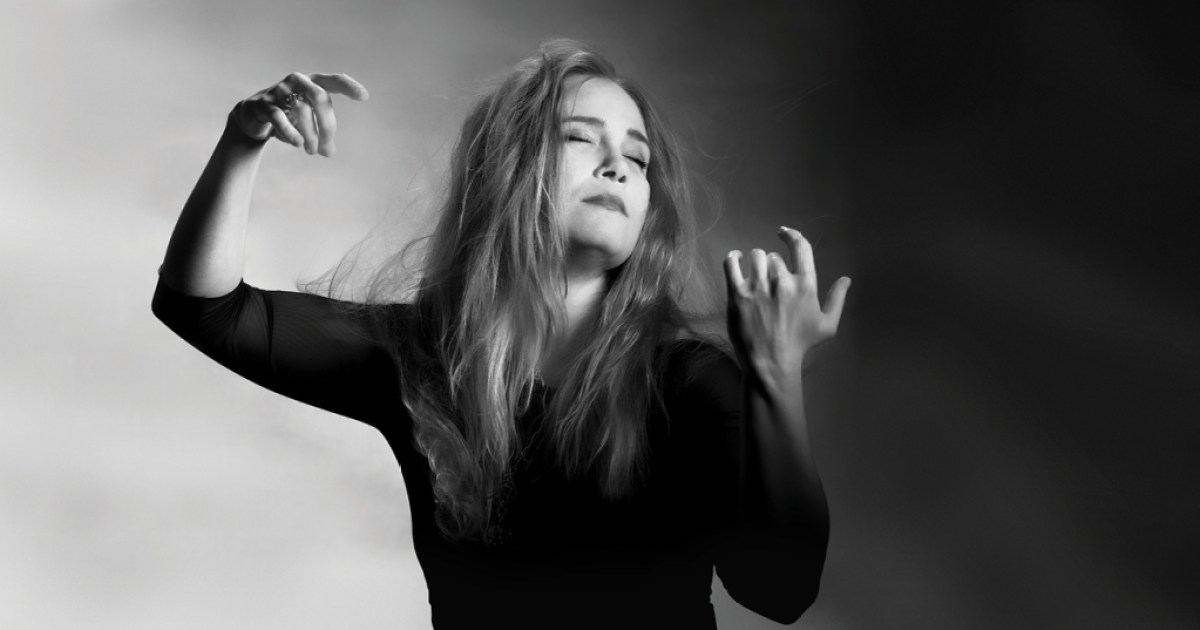
Until Death do They Operatically Part
Verdi’s popular and tragic Il Trovatore, given an impressive local presence by Opera Santa Barbara recently, embodies a re-tooled adage about creating assumptions about old school grand opera: “it ain’t over ‘till somebody dies.” Spoiler alert: more than one character has expired by the time the curtain drops quickly after a surprise last act disclosure. But death arrives only at the tail end of a grand banquet of elegant melodic and musical construction and a heightened, necessarily over-dramatic saga of lust, power-wielding, racist dynamics, and arias and duets of unrestrained, romantically fueled emotional heft.
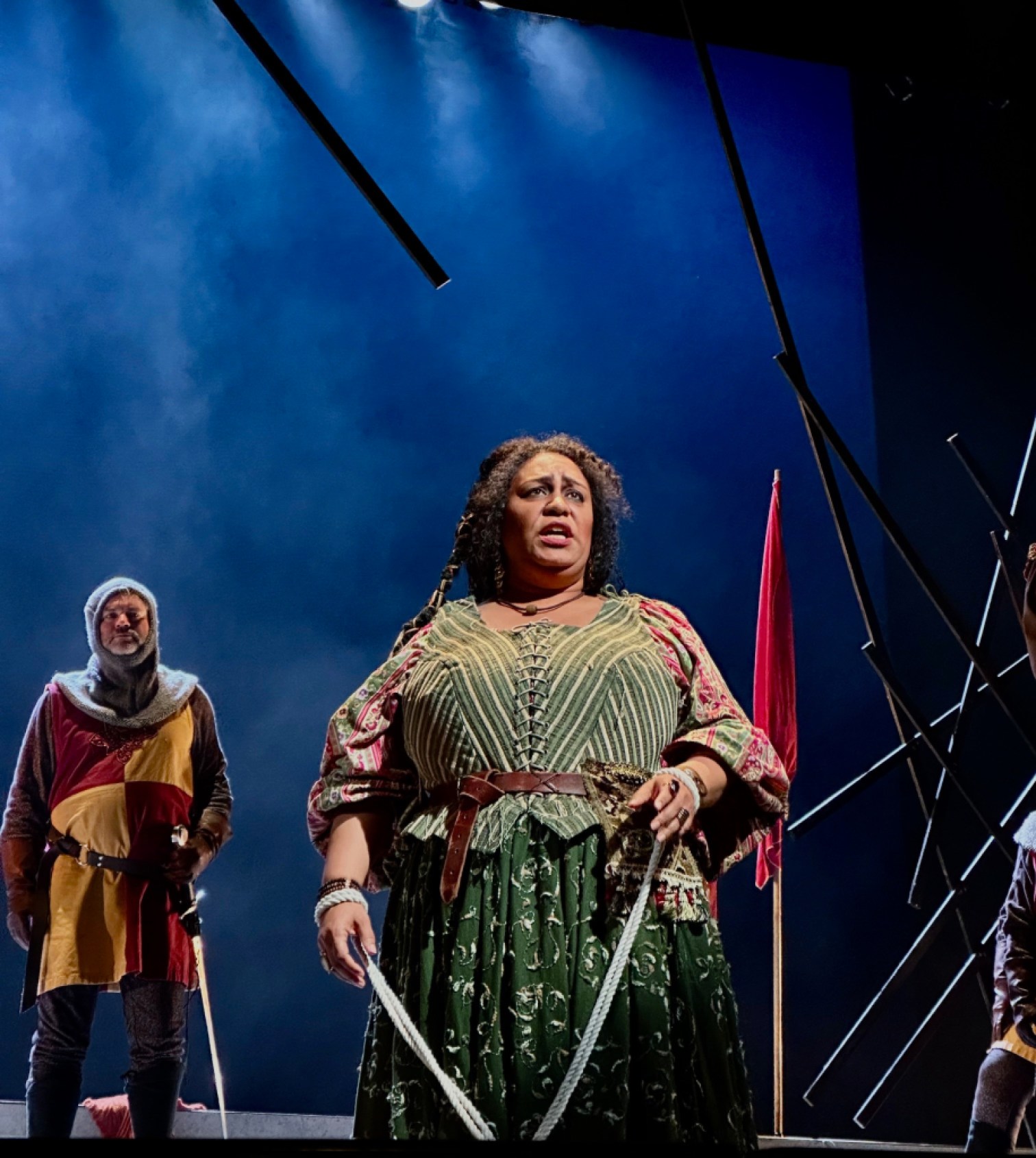
In the current OSB season, this was one of two grand operas from the trusty standard rep pool after last fall’s Carmen at The Granada. Interestingly, both operas pivot around a central Romani (a k a the now-disapproved term “gypsy”) female character, though with very different circumstances, character traits, and degrees of temptress temperatures.
In OSB’s sure hands, all the Verdi-an pieces fell nicely into place at the Lobero Theatre. Intrepid and multitalented OSB head Kostis Protopapas led the pit orchestra boldly, in collusion with a beautifully sung and acted production onstage — and all this with a truncated rehearsal schedule due to recent plan-altering rain downpours. The Lobero — which launched as an opera house 150 years ago, after all — resonated with the accomplished vocal powers and subtlety of its four leads: tenor Harold Meers’s Manrico, Karin Wolverton’s Leonora, Timothy Mix’s sinister Count di Luna, and Deborah Nansteel as Azucena.
A lean, malleable stage setting, realized by stage director Chuck Hudson, scenic designer Steven C. Kemp, and with lighting by Jared Sayeg, managed to do a lot with minimal resources. A few mobile pillars and double-duty stakes/barricades went a long way in setting the atmosphere of impending dread and lurking romantic energies. And then it, and they, were over. All in all, it was another fine outing from OSB.
Next up, we zoom up to the present, with the season closer of Hector Armienta’s 2022 opera Zorro (April 19 and 20 at the Lobero).
To-Doings:
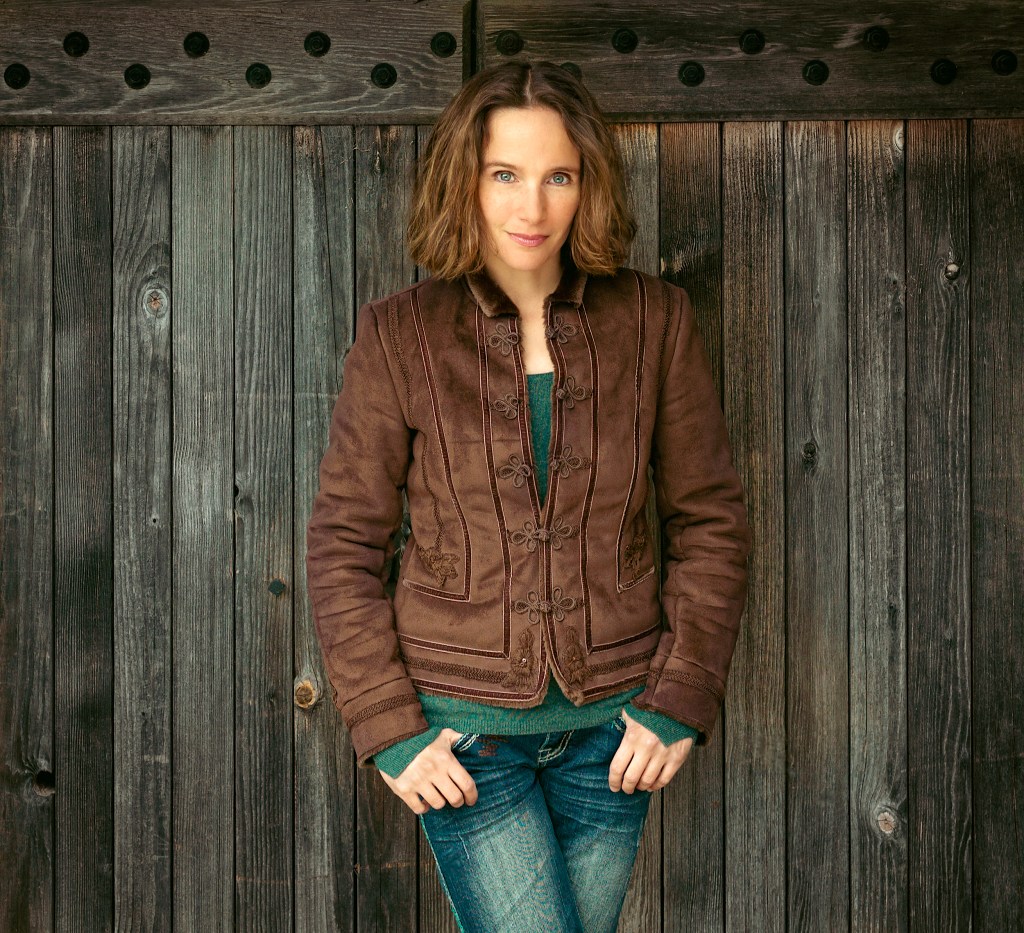
Hélène Grimaud, the commanding classical pianist — and Santa Ynez resident when not venturing out into the world — makes one of her periodic local appearances tonight, February 22, at the Lobero Theatre, as part of CAMA’s always-engaging “Masterseries.” Any chance to hear her onstage is a welcome opportunity. This time around, she celebrates three or four B’s — Beethoven, Brahms, and Bach (as arranged by Busoni).
Speaking of seizing on musical opportunities, any concert in the Santa Barbara Museum of Art’s chamber music series, in the intimate Mary Craig Auditorium, is worth a visit. For one, the programming of mostly well-known and well-tooled string quartets reminds us of the unexpected richness of the contemporary quartet world — beyond the household name variety echelon.
Next Tuesday, February 27, the Ying Quartet returns to the Craig, bringing with it a deep foundation going back a quarter century and a resume including performances at Carnegie Hall and the Sydney Opera House. On Tuesday, the group demonstrates its twin attentions to standard repertoire and contemporary music with Dvorak and living composers Carter Pann and Pulitzer-winner Paul Moravec.
Chalk up another one for composers of the living variety in the 805 this week.
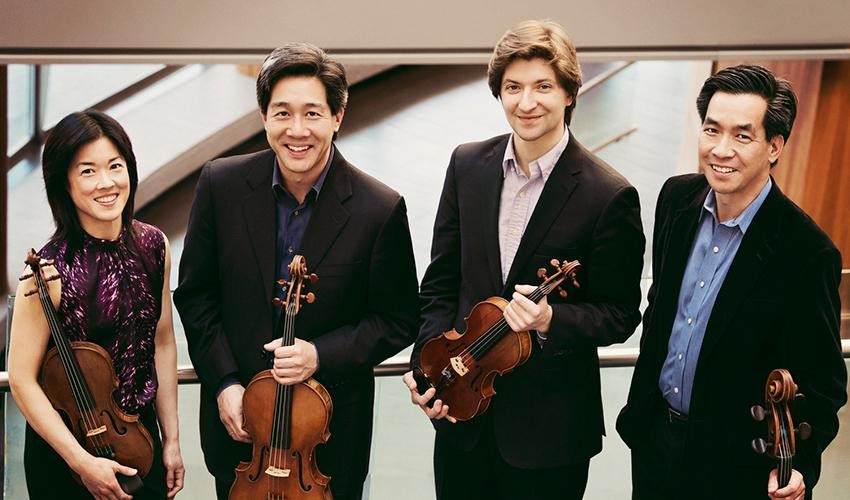
Premier Events
Thu, May 02
5:00 PM
Santa Barbara
Things with Wings at Art & Soul
Sat, May 04
10:00 AM
Lompoc
RocketTown Comic Con 2024
Wed, May 01
7:30 PM
Santa Barbara
American Theatre Guild Presents “Come From Away”
Thu, May 02
5:00 PM
Santa Barbara
100th Birthday Tribute for James Galanos
Thu, May 02
5:00 PM
Santa Barbara
Meet the Creator of The Caregiver Oracle Deck
Fri, May 03
4:00 PM
Santa Barbara
Santa Barbara Fair+Expo “Double Thrill Double Fun”
Fri, May 03
8:00 PM
Santa barbara
Performance by Marca MP
Sat, May 04
10:00 AM
Solvang
Touch A Truck
Sat, May 04
11:00 AM
Santa Barbara
Mental Wellness Center’s 28th Annual Arts Faire
Sat, May 04
11:00 AM
Santa Barbara
Community History Day
Sat, May 04
3:00 PM
Solvang
The SYV Chorale Presents Disney Magic Concert
Sat, May 04
7:00 PM
Santa Barbara
A Star Wars Cantina Celebration: Renegades, Rebels, and Rogues
Thu, May 02 5:00 PM
Santa Barbara
Things with Wings at Art & Soul
Sat, May 04 10:00 AM
Lompoc
RocketTown Comic Con 2024
Wed, May 01 7:30 PM
Santa Barbara
American Theatre Guild Presents “Come From Away”
Thu, May 02 5:00 PM
Santa Barbara
100th Birthday Tribute for James Galanos
Thu, May 02 5:00 PM
Santa Barbara
Meet the Creator of The Caregiver Oracle Deck
Fri, May 03 4:00 PM
Santa Barbara
Santa Barbara Fair+Expo “Double Thrill Double Fun”
Fri, May 03 8:00 PM
Santa barbara
Performance by Marca MP
Sat, May 04 10:00 AM
Solvang
Touch A Truck
Sat, May 04 11:00 AM
Santa Barbara
Mental Wellness Center’s 28th Annual Arts Faire
Sat, May 04 11:00 AM
Santa Barbara
Community History Day
Sat, May 04 3:00 PM
Solvang
The SYV Chorale Presents Disney Magic Concert
Sat, May 04 7:00 PM
Santa Barbara

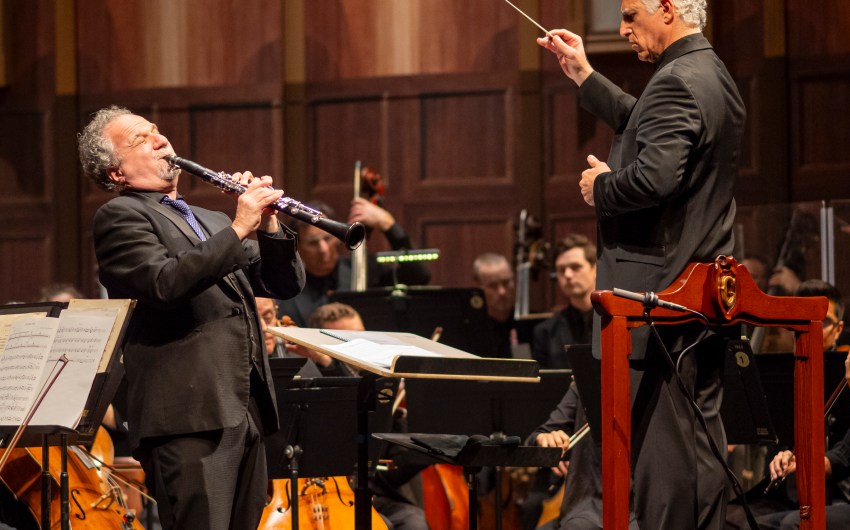
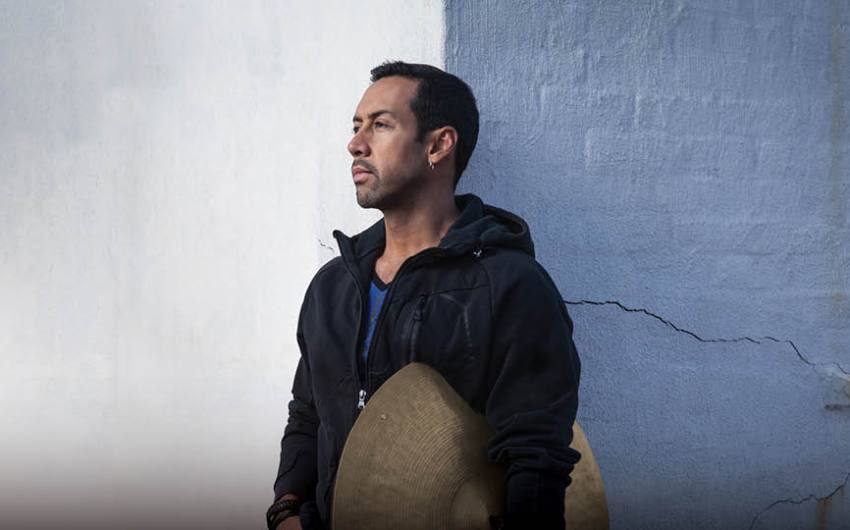
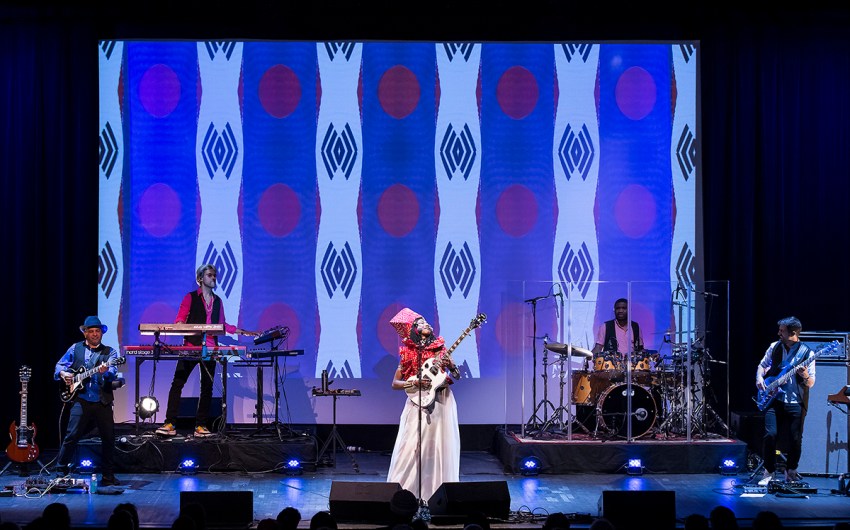






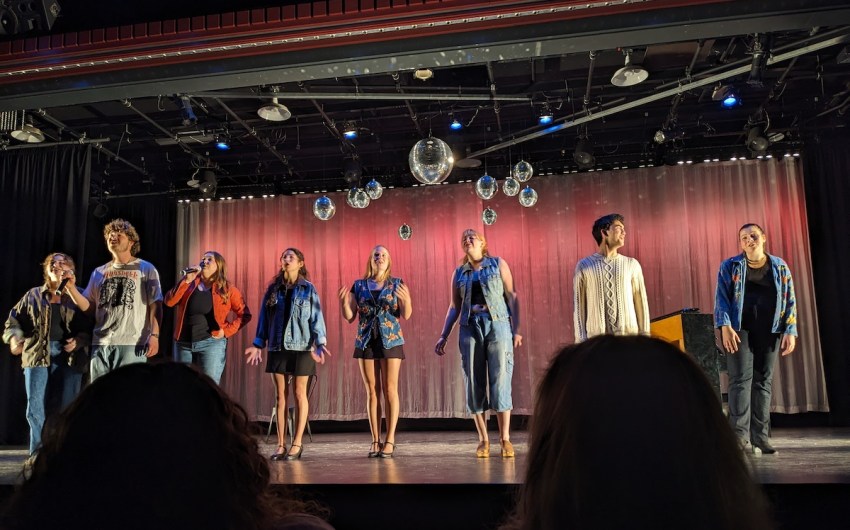
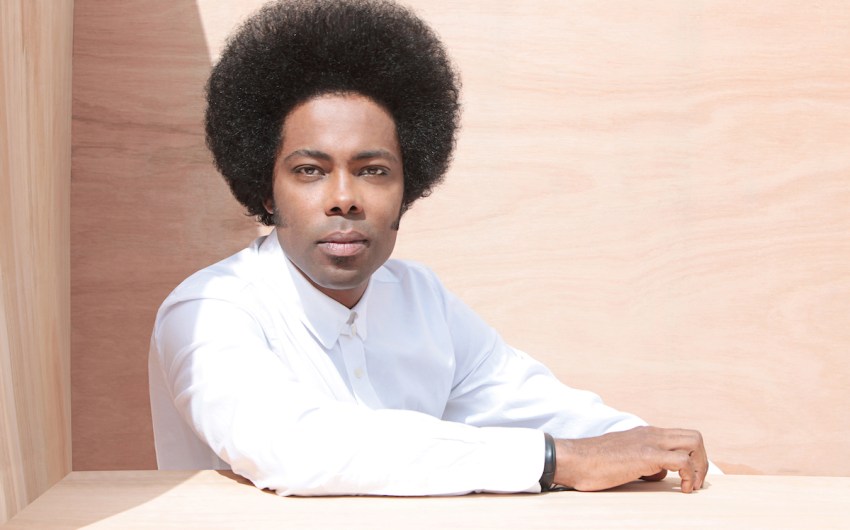











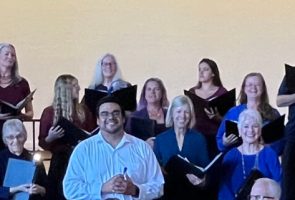

You must be logged in to post a comment.